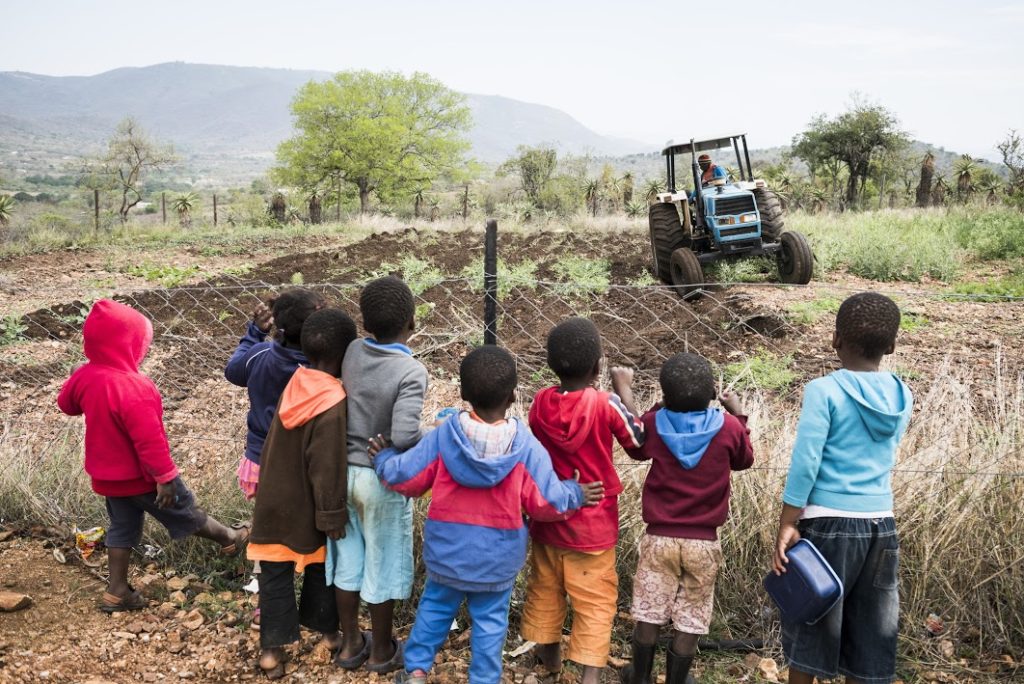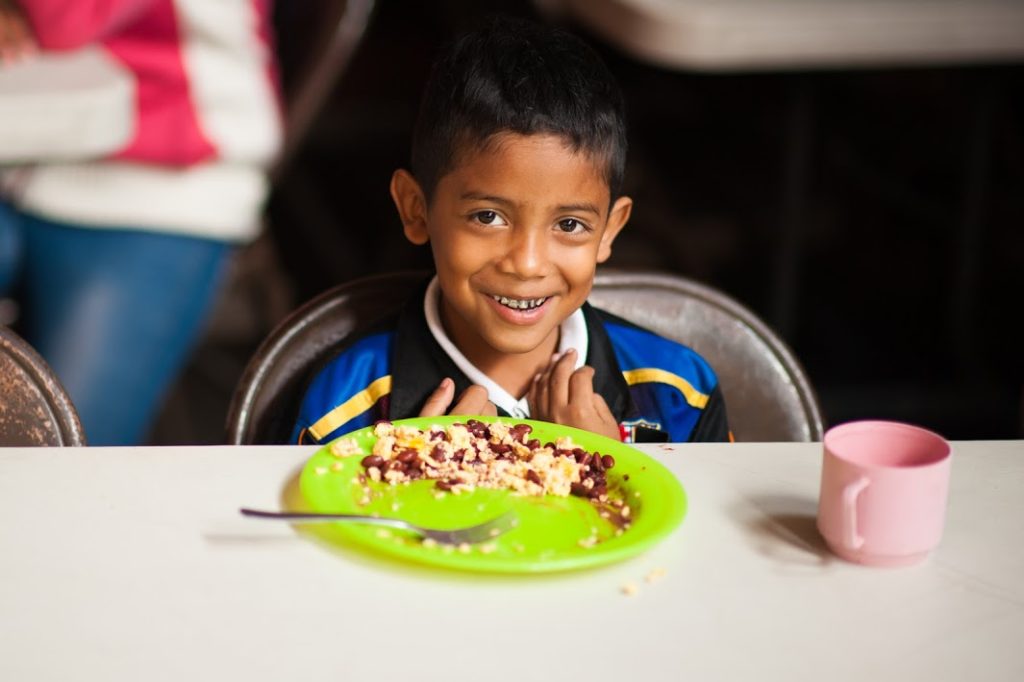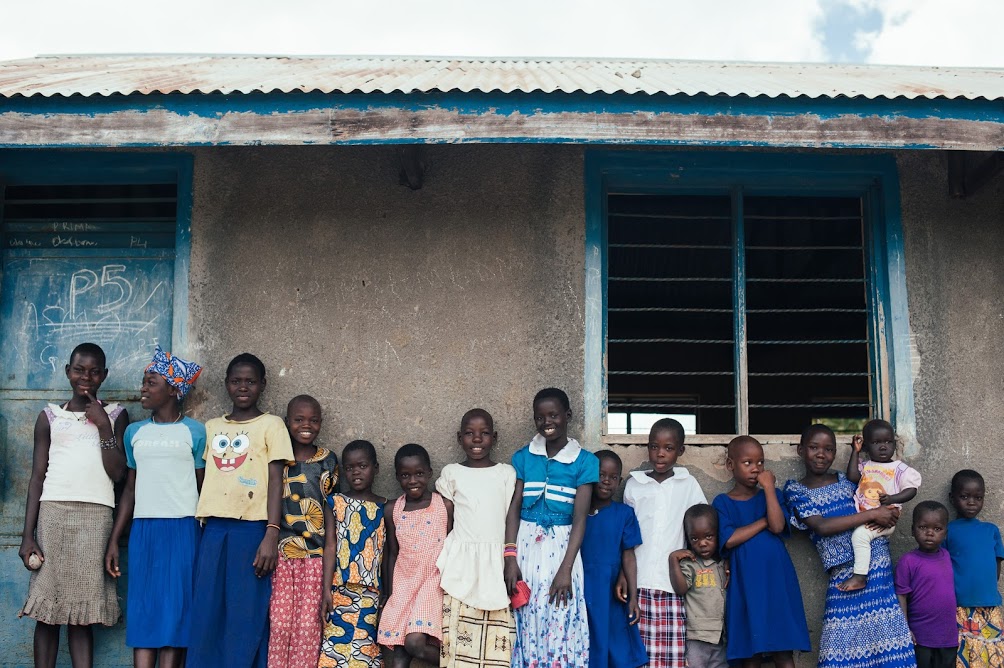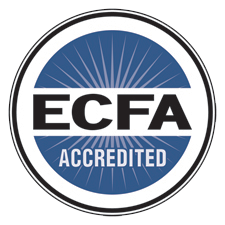We’re going to address the elephant in the room. Over the next 11 months we will be answering a question that we hear quite often,
“What makes you different from other leading child sponsorship organizations?”
The short answer is that most sponsorship organizations focus on one-to-one child sponsorship and Children’s HopeChest focuses on integrating those sponsorship and donor commitments into transforming the communities in which those children live, but the longer answer is much more interesting.
We use the word “holistic” frequently at Children’s HopeChest to explain how we endeavor to care for all dimensions of the child and the community, not just one aspect of their lives. We recognize the importance of addressing the physical, emotional, social, intellectual, and spiritual requirements for an individual’s growth, as well as, impacting all the various sectors of society in the communities in which they live.
What HopeChest aims to do is work alongside local community elders to mend the broken relationships within the various sectors of society to reflect God’s Kingdom. We attempt to address the roots of poverty, not merely the symptoms. In their book, “When Helping Hurts,” Steve Corbett and Brian Fikkert state, “If we treat only the symptoms or if we misdiagnose the underlying problem, we will not improve their situation, and we might actually make their lives worse.” To understand and address the underlying problems that cause poverty we must look at communities through 12 different lenses.
How did we arrive at 12 primary areas of transformation?

My name is Tom Jennings, and I have been working with Children’s Hopechest since June 2013 as one of our International Program Directors. Over the past 43 years, I have trained locals in 44 countries. It is my conviction that for Christians to fulfill the mandate to “disciple all nations”, our work must impact both individuals and nations to see them being discipled and transformed. To do that, the body of Christ must be integrated into, and actively working toward the transformation of, every sector of society. Part of the training curricula that I have developed includes training on how we can impact various sectors of society and create self-sustaining community models. People around the world have had various approaches and discussions on those sectors – how many sectors are there and what are those sectors? My training focuses on the transformation of 12 sectors, but to me, the number is not so critical. Rather, it is essential that we actively engage them.
The 12 primary areas:

The 12 primary areas of community transformation that I wish to focus upon are agriculture and animal husbandry, arts and entertainment, economic development, education, family development/support, government, health/hygiene, communications/technology, infrastructure, medical, non-profit organizations, and the legal system. Committed to holistic transformation, when we partner with a community, we aim to impact as many of these primary areas as possible. The more community areas that are impacted, the longer the program will be sustainable.
Two things worth noting:

The first thing we would like to note is that rather than walk into communities and tell them how to change or “westernize” them, we walk with community elders who know their communities best and work towards their vision of sustainability and success.
The second thing we would like to clarify is that neither discipleship nor the church appears on our list of 12 community sectors, because the body of Christ, and discipleship should permeate each of these areas and not be separated out from them.
Welcome to the series!

Over the following 11 months we will walk through why each of the 12 community areas are important to long-term sustainable transformation and share real stories of transformation from each country of how we put our methods into practice. These posts will be published on the last Tuesday of each month, so be sure to continue checking in! Subscribe to our blog here, so you don’t miss a beat!





